Home / Calyxes Uncovered: The Tiny Stars of Every Bud
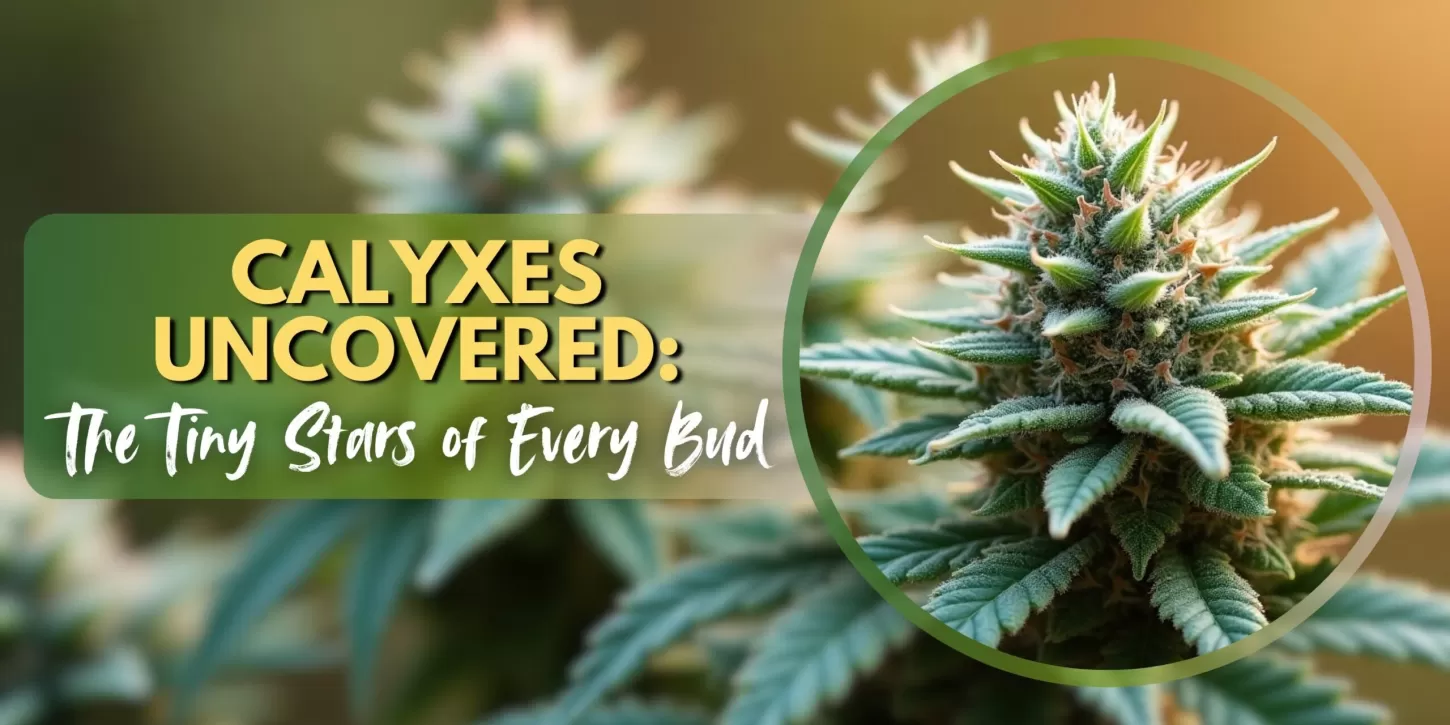
Ever wondered what those little, teardrop-shaped parts of a plant are? Let’s talk about calyxes — the small but mighty structures you’ll find at the heart of every flower. In the world of cannabis, these calyxes play an even bigger role. They’re called weed calyx, and they contain the plant’s reproductive power and are full of those coveted, crystal-like trichomes everyone adores. They’re what provide the structure, taste, and sticky consistency to buds. Calyxes don’t get much attention, but they are part of the quality and potency of a good bud. In this blog, we’ll break down what calyxes are, how to spot them, and why they matter — especially if you’re into growing or enjoying weed. Get ready to uncover the secrets of these tiny plant powerhouses and see why calyxes deserve a little more attention!
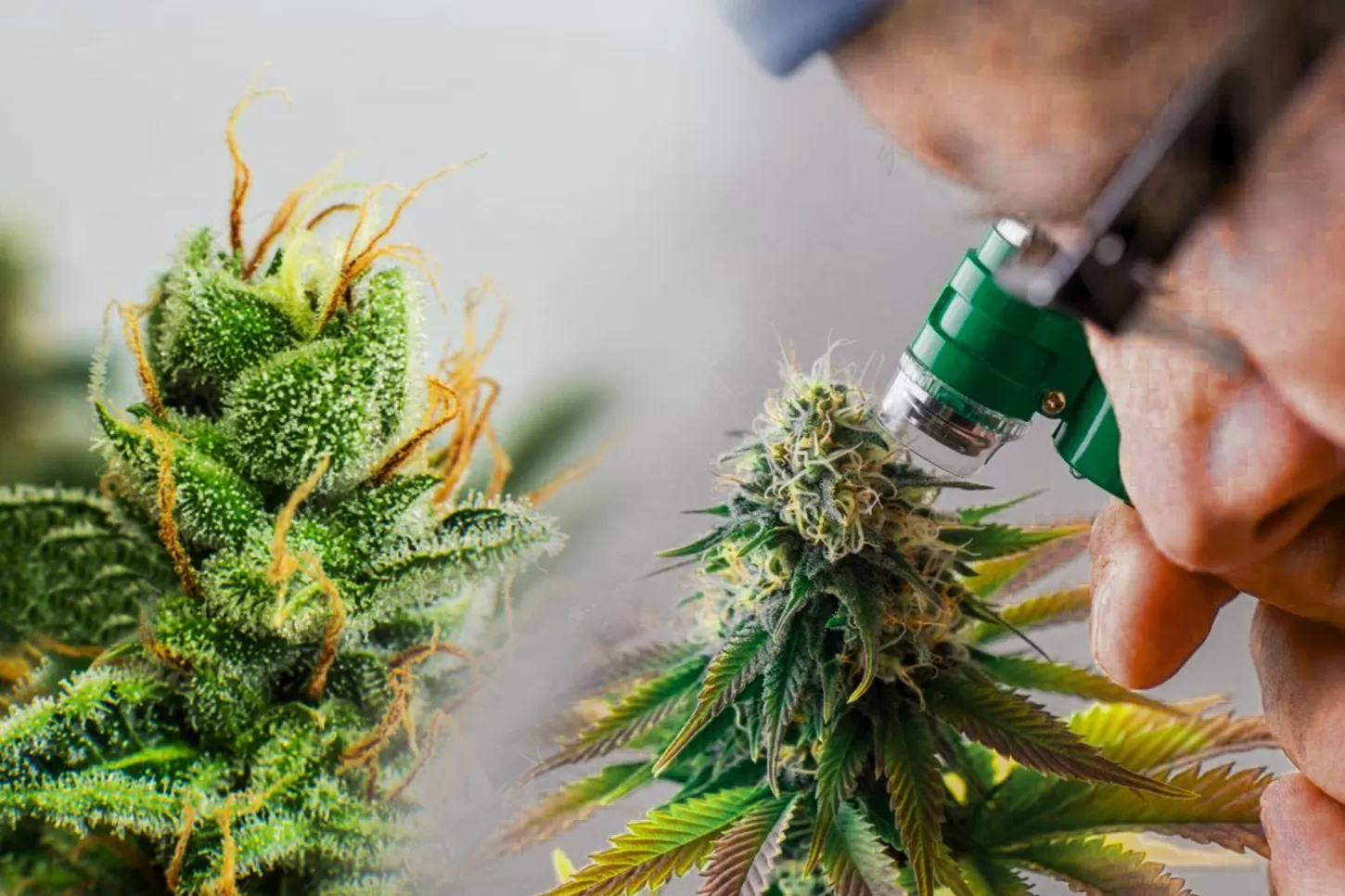
When learning about a cannabis plant’s anatomy, one term that you’ll hear mentioned more than any other is the calyx. Overlooked by newbies, the calyx is an important part when it comes to the development and strength of cannabis flowers. In this article, we will explore the details of what is a cannabis calyx, how it forms, and why growers and users require it. Plus, we’ll take a closer look at calyx development pictures and what they reveal about the health and gender of your plants.
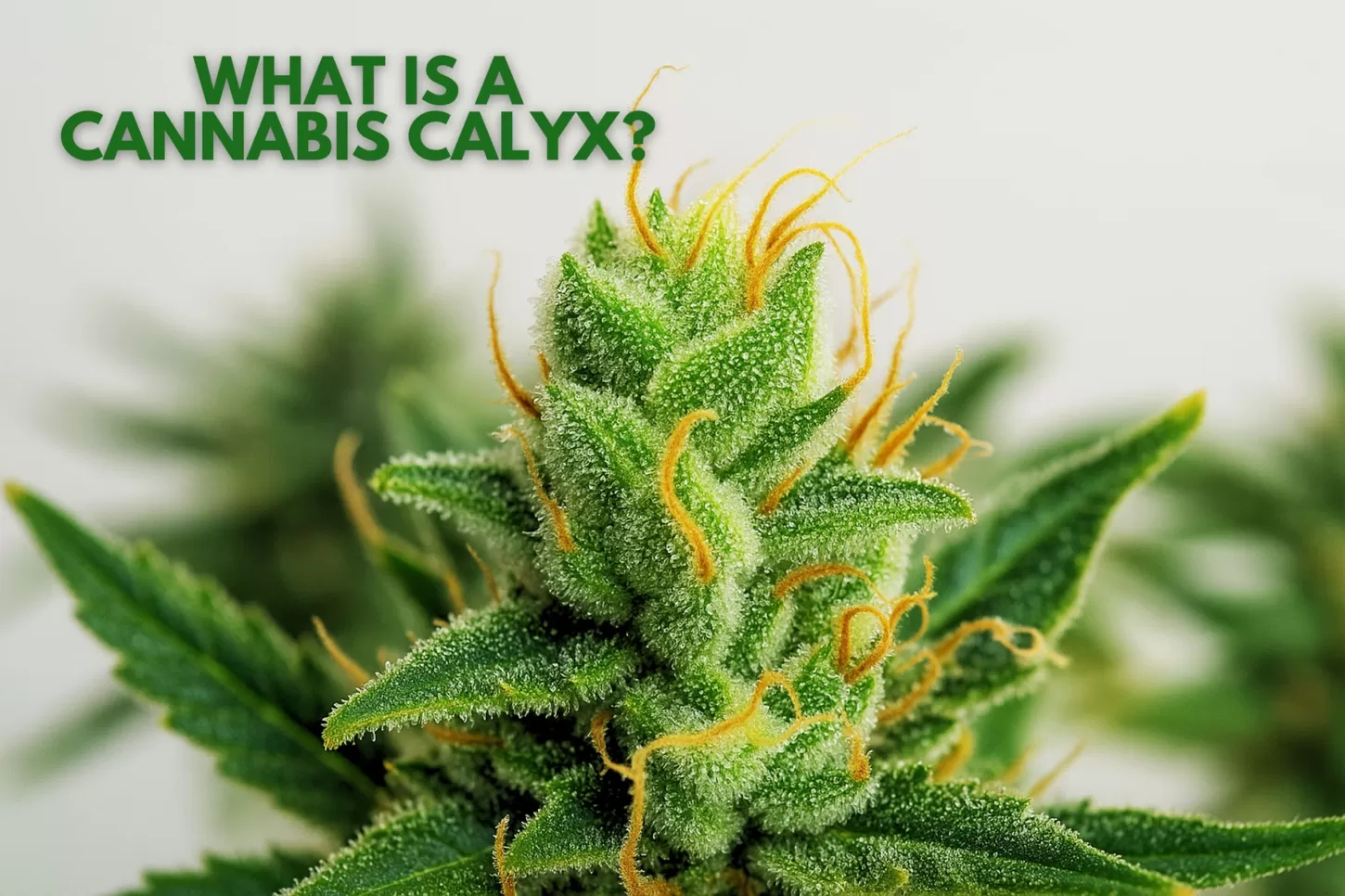
The calyx is basically the initial layer of the makeup of a cannabis flower. It’s a tiny, teardrop-shaped component of the plant that develops around the flower’s reproductive organs. The cover protects the pistils (those little hair-like things you usually see on a bud) and contains the plant’s ovary, which is important for reproduction.
In cannabis, calyxes are clusters that group together to create what is broadly referred to as flowers or buds. They are the cannabinoid-rich resinous parts of the plant, and they have a great role in plant life cycle and final-use value.
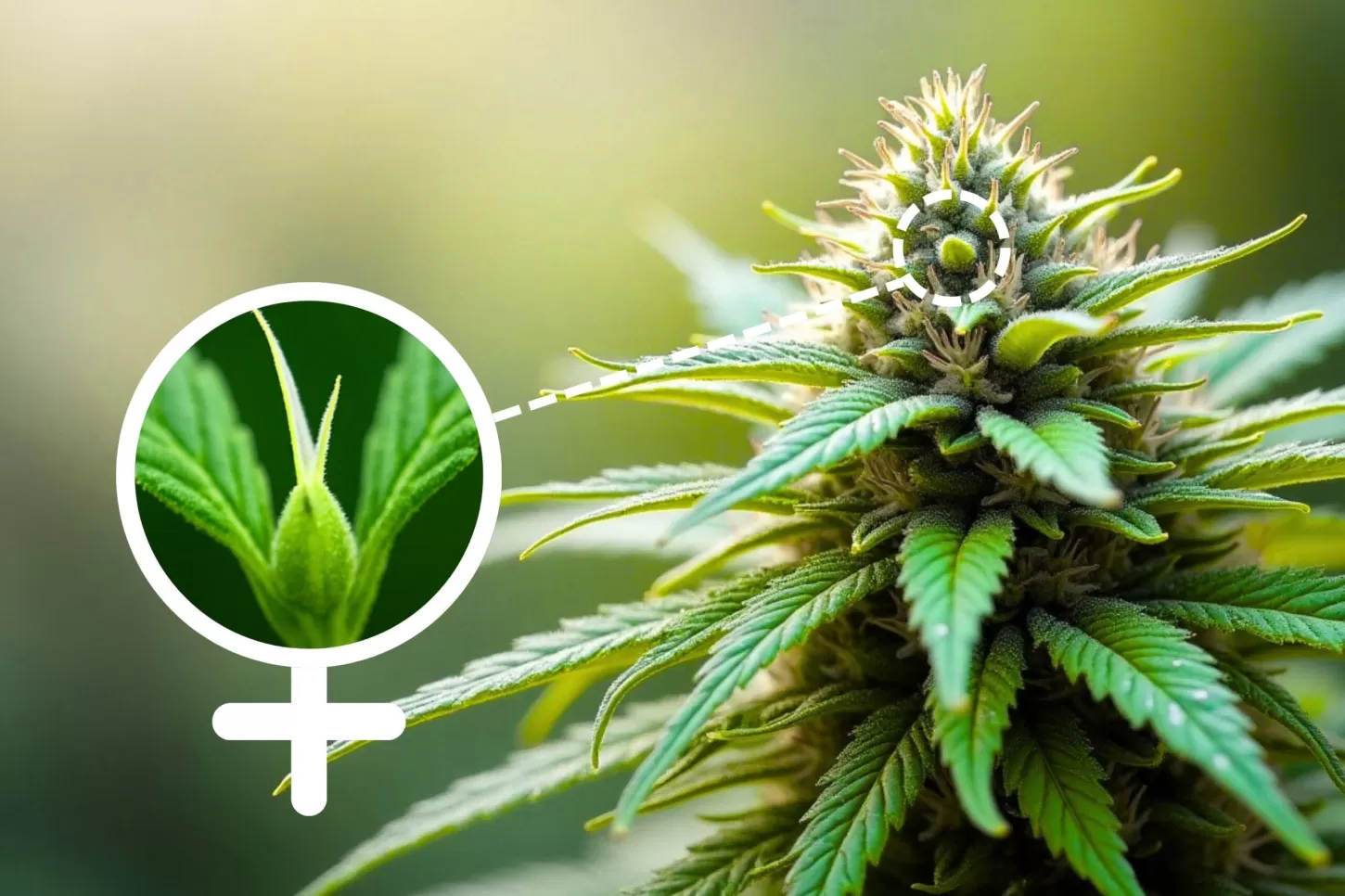
On a female cannabis plant, the calyx has a very significant function since it’s where seeds will form in case of pollination. Most growers, though, are looking for seedless, potent flowers, or sinsemilla. In such a situation, the calyxes also form without seeds and become resinous and heavy.
If you’re looking for female calyx development pictures, you’ll notice these calyxes are plump, rounded, and often coated in a sparkling layer of trichomes. These trichomes are the tiny, crystal-like structures that hold the plant’s valuable cannabinoids and terpenes.
Calyx development begins early in a plant’s flowering phase. Let’s break down the stages:
1. Pre-Flowering Stage
This is when you’ll first notice the calyx forming at the plant’s nodes (where the branches meet the main stem). These tiny structures are your first clues about the plant’s gender. In females, you’ll see a small calyx with two white pistils emerging.
2. Early Flowering Stage
As flowering progresses, more calyxes appear, forming clusters around the buds. At this point, the calyxes start producing trichomes, giving them a sticky, frosty appearance.
3. Mid to Late Flowering Stage
The calyxes swell and pack tightly together. This is the stage where you’ll see those dense, beautiful buds forming. Checking out calyx development pictures during this time is helpful for assessing plant health and resin production.
4. Harvest Stage
Towards the end of flowering, calyxes are at their largest and trichome production is at its peak. This is when most growers harvest, seeking maximum potency and flavor.
It’s important to learn the sex of your cannabis plants early, particularly for those cultivating sinsemilla. Calyx cannabis traits may be useful here. For males, calyxes will be less prominent and resemble small, round sacs without pistils. These sacs will then open to spill pollen.
Female calyx development pictures, on the other hand, reveal teardrop-shaped structures with delicate white hairs (pistils) protruding. Those are the ones to select if you desire resin-coated, seedless buds.
Calyx development is more than an indication of a healthy, mature plant. It also indicates:
If growing your own plant, try a few of the following to support robust calyx development:
Professional growers primarily use calyx development photos for monitoring the progress of their plants. Photographing calyxes at various stages allows you to:
Similarly, viewing pictures of other growers’ female calyx development is a great way of knowing what your healthy, flourishing calyxes should look like at any stage.
Though tiny, the cannabis calyx has a gigantic impact on the development, power, and general appearance of the plant. From guarding the plant’s reproductive organs to housing the abundant trichomes that give cannabis its worth, calyxes are the pillars of all good buds.
Whether you’re a home grower, a hobbyist, or just a curious cannabis enthusiast, understanding calyx development can deepen your appreciation for this incredible plant. So next time you’re checking your garden or visiting a dispensary, take a closer look at those tiny teardrop structures — they hold the secrets to cannabis’s power.
And if you’re eager to improve your grow skills, start by snapping some calyx development pictures. Track your plants’ progress, compare them to female calyx development pictures online, and watch how these small yet mighty parts of the plant come together to create something truly special.
1. What is a calyx?
A calyx is the covering of the flower, made up of small leaf-like structures that are called sepals. It protects the flower bud prior to flowering.
2. What does a calyx look like?
Calyxes are usually green and leaf-like at the base of the flower. Others may be colored or differently shaped depending on the plant.
3. What is the purpose of a calyx?
The calyx is a covering — it encloses the flower bud from insects, bad weather, and injury before it opens.
4. Do all flowers have calyxes?
Most flowers do have calyxes, but not all of them. Some flowers have very small, barely perceptible calyxes, while others have none at all.
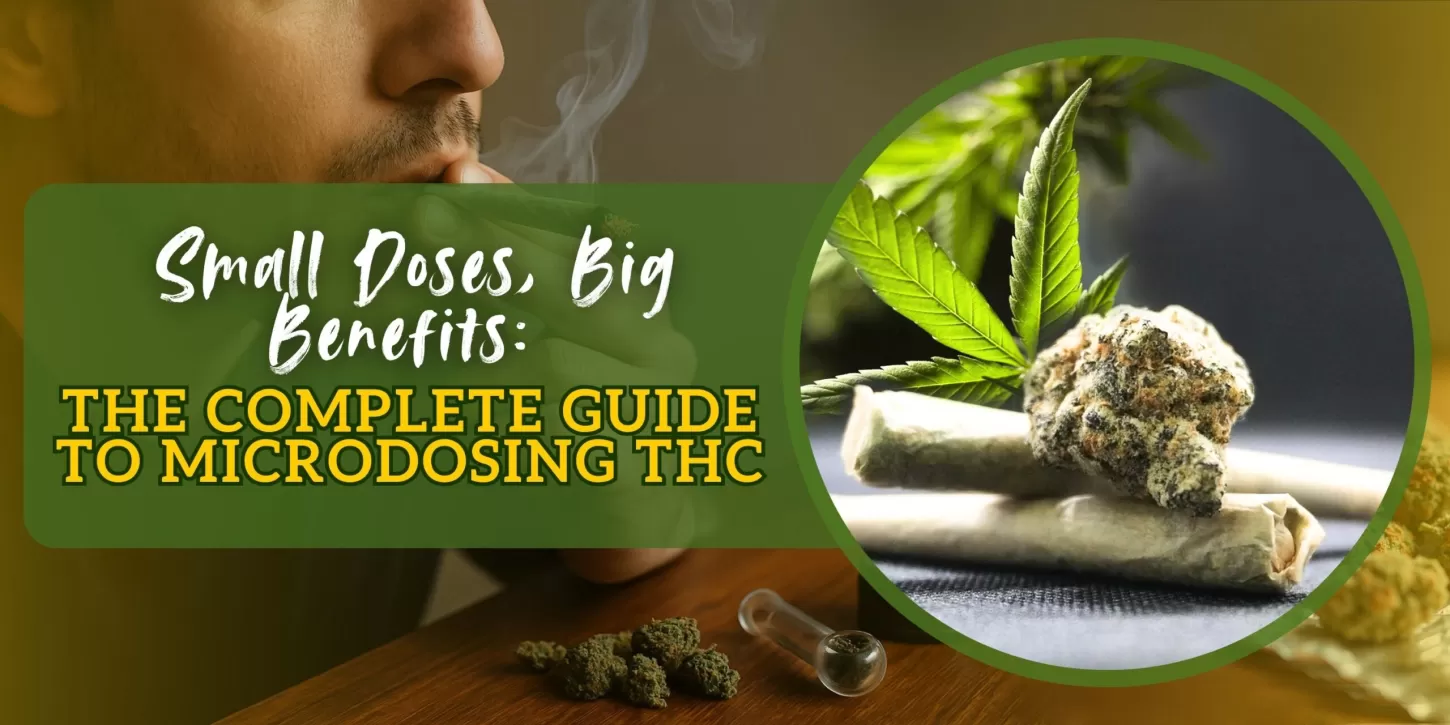


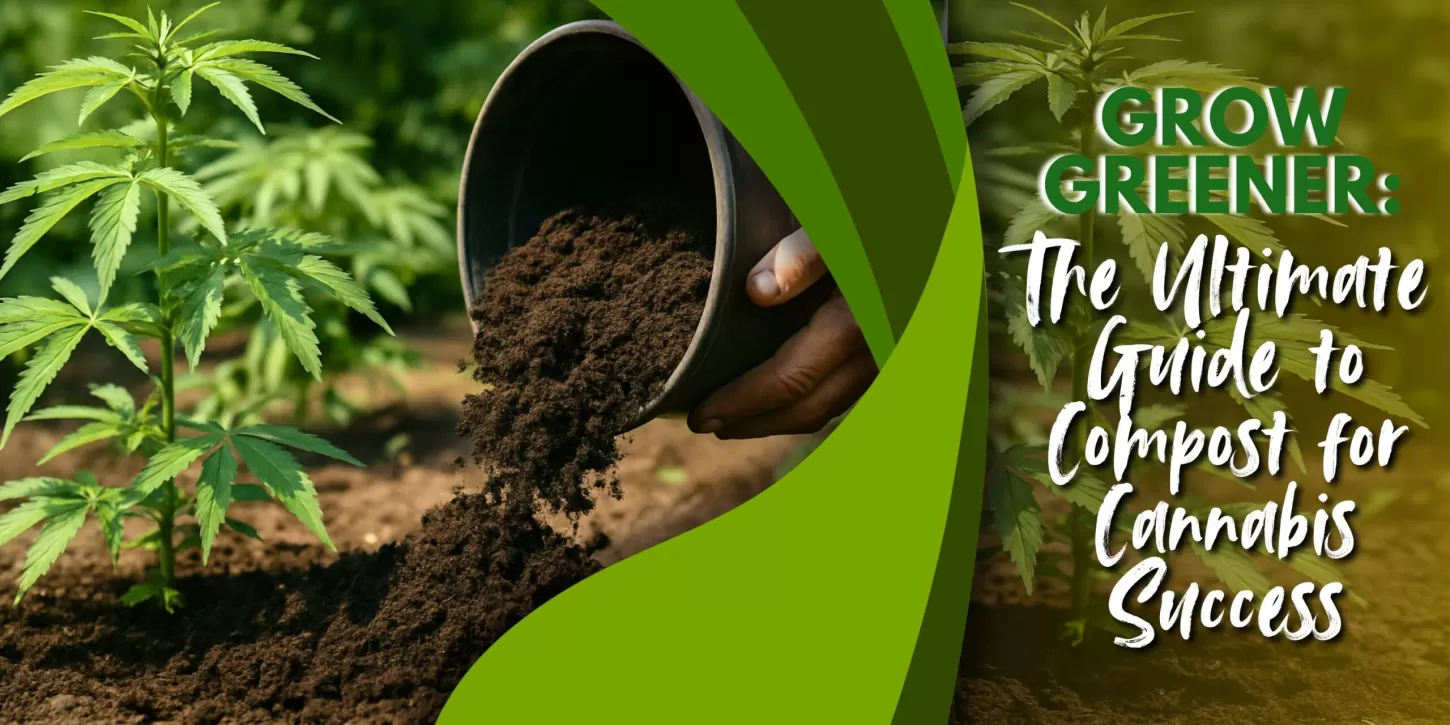
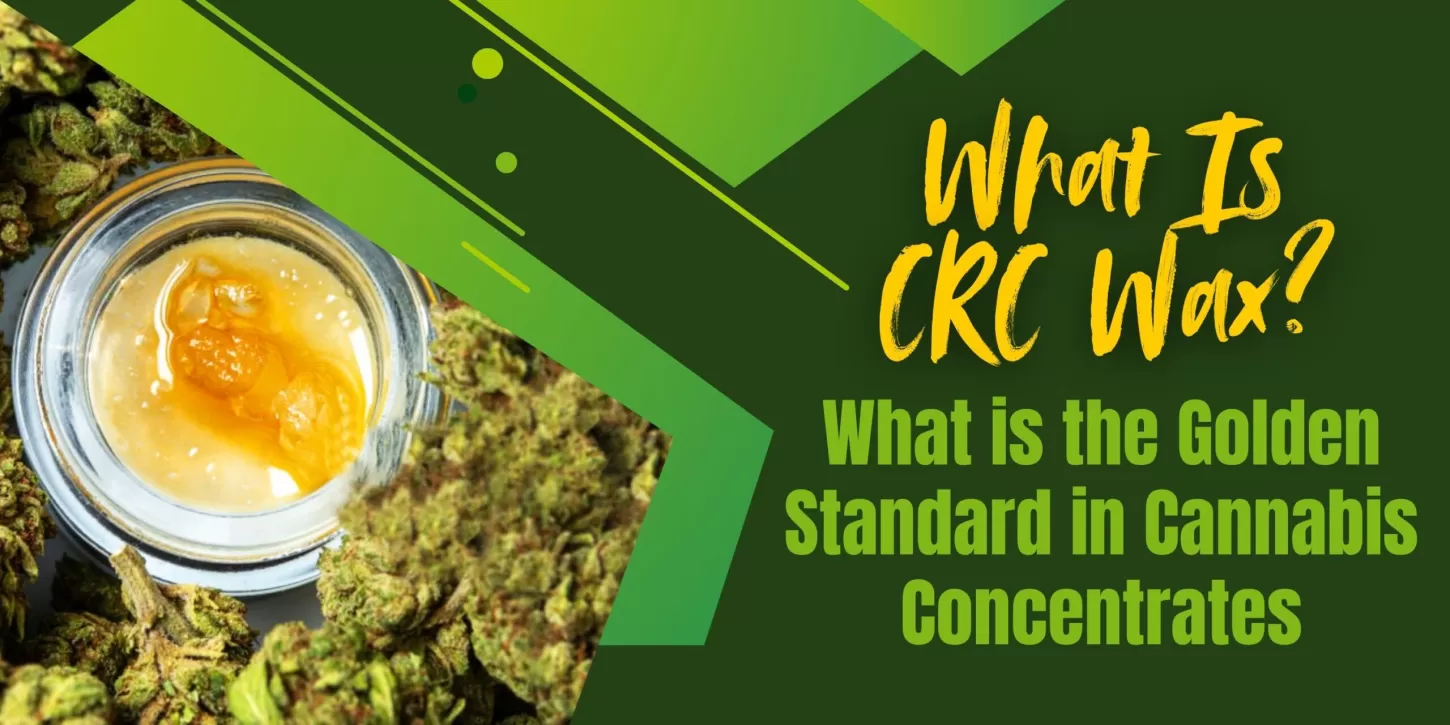




Explore a world of possibilities with VancouverSeedBank.ca. Your premier source for premium cannabis seeds, delivering quality, variety, and discreet shipping for a seamless growing experience.


Are You 18 Or Over?
By selecting “Continue”, you confirm that you are at least 18 years of age and legally permitted to access cannabis related content in your region.
By using Vancouverseedbank.ca, you agree to our terms of service.